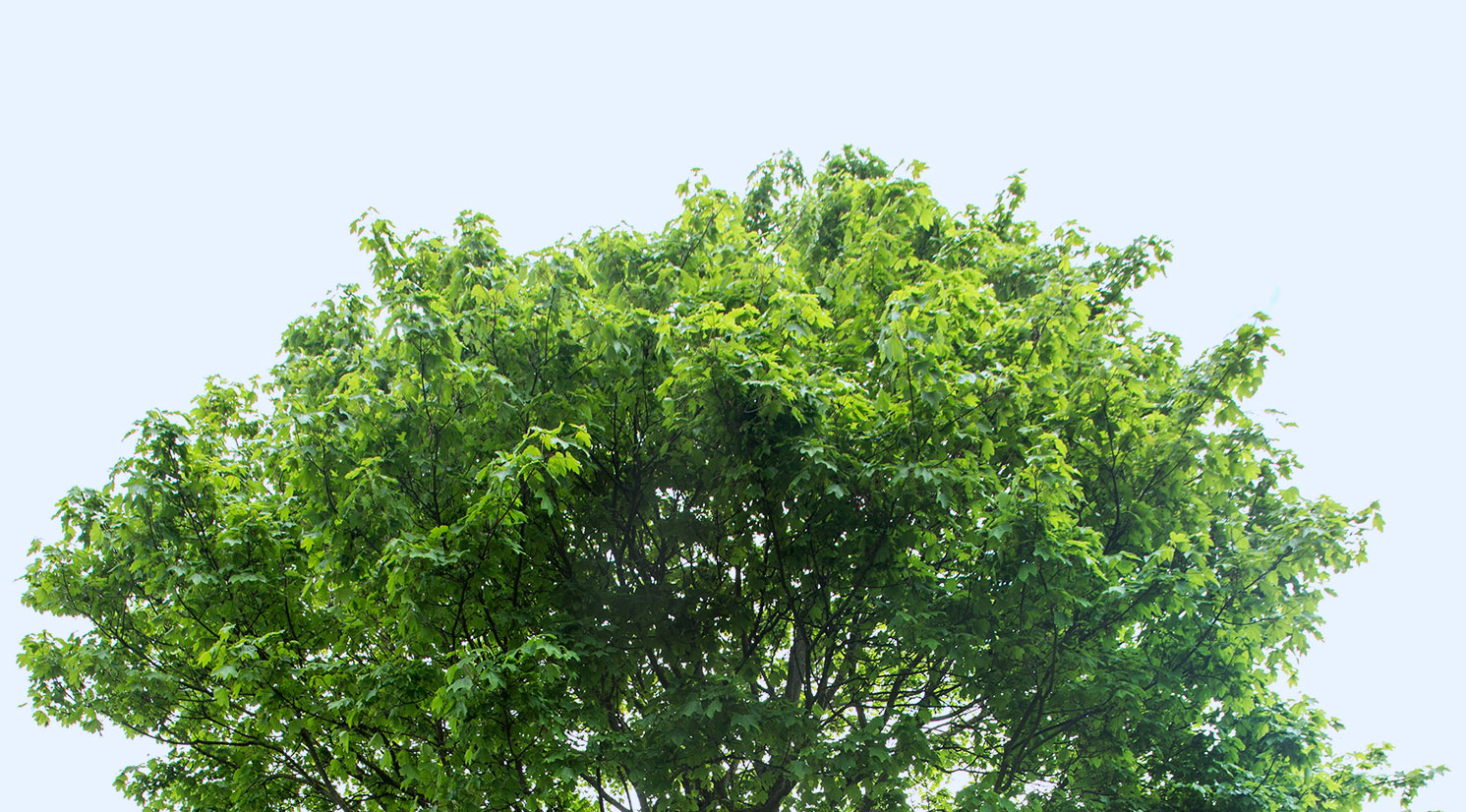The Dawes Arboretum is best known for the trees planted on our grounds and the different collections we house that you might not see growing in your backyard. With that, different ecosystems are present at The Arboretum. Our woodlands offer vernal pools that host many amphibians each spring season. You might be asking yourself, what is a vernal pool? A vernal pool is an isolated, small, shallow, usually dries up every year and lacks a fish population area of water. These areas can stay wet for several years and offer the key elements to the amphibian mating season with a pH level on the acidic side of the scale.
One of the species found in the vernal pools include the mole salamanders. These salamanders and select species of frogs have evolved for more than 11,000 years, since the Wisconsin Glacial period, and are still evolving to breed in these aquatic habitats. During the late winter to early spring time frame, the ground temperatures are roughly 45 degrees fahrenheit and the mole salamanders along with the frogs exit their winter habitats to migrate to the vernal pools.
The salamander species found at The Arboretum include spotted, Jefferson and small-mouth. During breeding season, the males migrate to the pool first to deposit spermatophores before the females arrive. After, you will find a large spotted salamander nudging frenzy leading the females to the spermatophores. While the breeding time frame only lasts a day or two, the metamorphosis stage takes around a few months. The metamorphosis stage involves the summer pools and their water levels. Once they have reached a low level, the adult salamanders will return to the upland woodlands.
While salamanders return faithfully to The Arboretum’s Cypress Swamp each spring, migration only occurs under certain conditions. The boardwalk in our Cypress Swamp provides an optimal viewing experience to get an up-close view of these amazing animals. Migration typically takes place during an early spring rain, though in recent years migration has occurred as early as late winter. During the season of this event, guests are to expect rainy conditions and to dress accordingly. Join us for a chance to experience this unique phenomenon during our mole salamander migration event!
Registration will open soon! The exact date(s) for this program are dependent on weather conditions and will be determined at a later date. For updates on when this program will occur and to be notified when registration is open, please email learning@dawesarb.org!
Our 2025 Salamander Season of research and programming is sponsored by the Heath-Newark-Licking County Port Authority. We are grateful for their support with this unique opportunity that we offer to the community!

